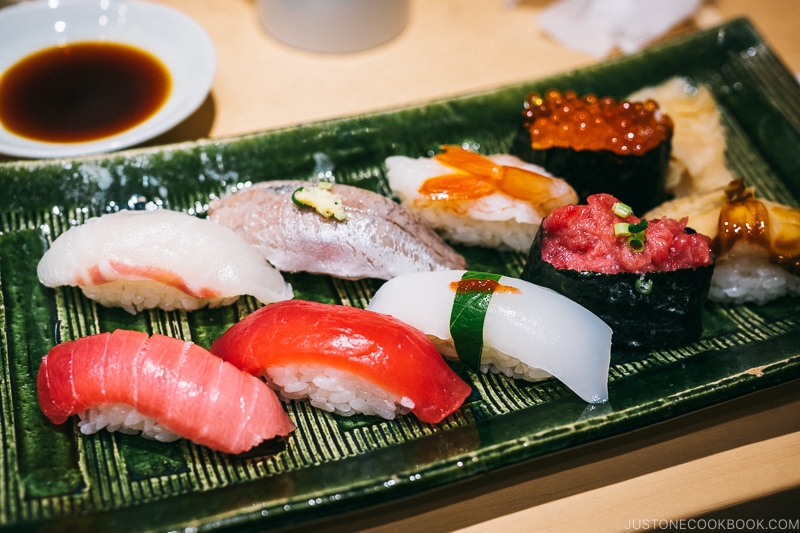
What are some important table manners in Japan you should avoid? Here’s a friendly guide to help you give the Japanese dining etiquettes your best shot! You’ll learn why are things done in certain ways and gain a better understanding of the customs.
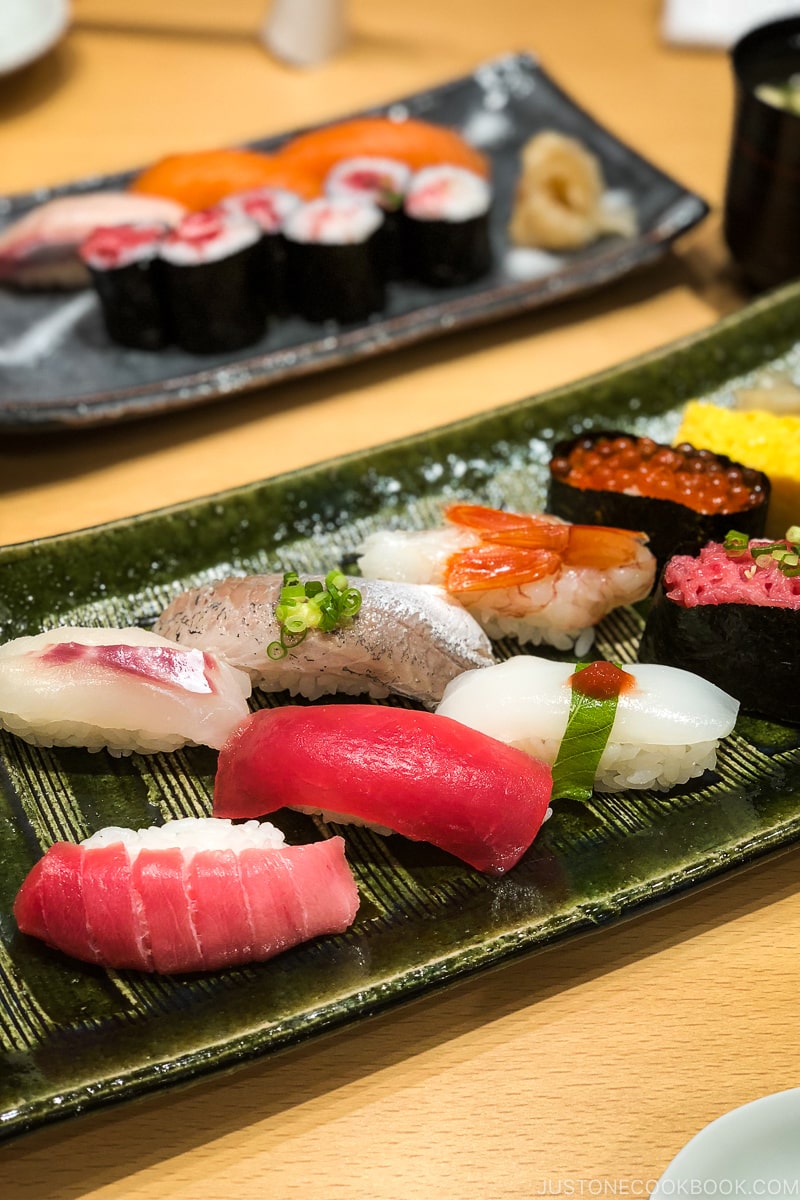
You asked, I’ve responded! Thanks to your inquisitive minds, I received a flood of questions as well as personal horror stories. So, following up to our articles on Japanese Dining Etiquette 101 and 20 Things You Should Know Before Visiting Japan, here’s my attempt of answering all of your questions, Part 2 of the Japanese Dining Etiquette guide!
Note: Please remember that although etiquette goes beyond how to hold one’s chopsticks, it’s just a way of showing courtesy to others. Should you make a faux pas, it’s not the end of the world! So don’t fret 🙂
Japanese Dining Etiquette Guide (Part 2) – Reader’s Questions
![]()
Why are chopsticks placed horizontally and not vertically?
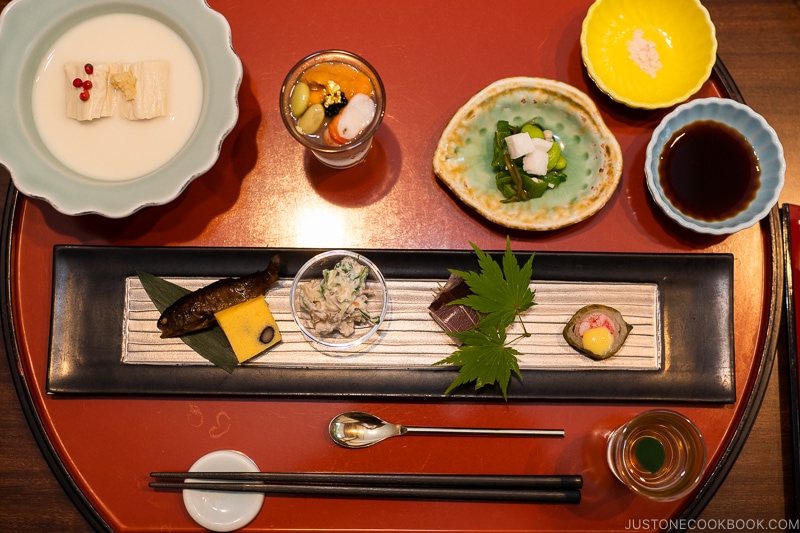
In Japan, chopsticks are always placed horizontally, with the pointed ends on your left so that you don’t touch them when you grab the chopsticks with your right hand (and vice versa for the lefties).
However, you may notice that our neighbors, China and Korea place their chopsticks vertically.
So why do Japanese place the chopsticks horizontally when eating? There are two main reasons:
1) It’s considered rude for the tips of the chopsticks pointing at the person sitting across from you, especially when the chopsticks have been used.
2) Chopsticks serve as a boundary between you the eater and the food in front of you. Ancient Japanese beliefs say that food is provided by the gods, and so chopsticks separate the food (pure) from the humans (impure).
(Note: the rules of chopstick placement become a little more complex at a Cha-Kaiseki 茶懐石, depending on which style of tea ceremony you are attending. Ask your peer diners or observe what the others are doing!)
Where should I place the chopsticks when they’re not in use?
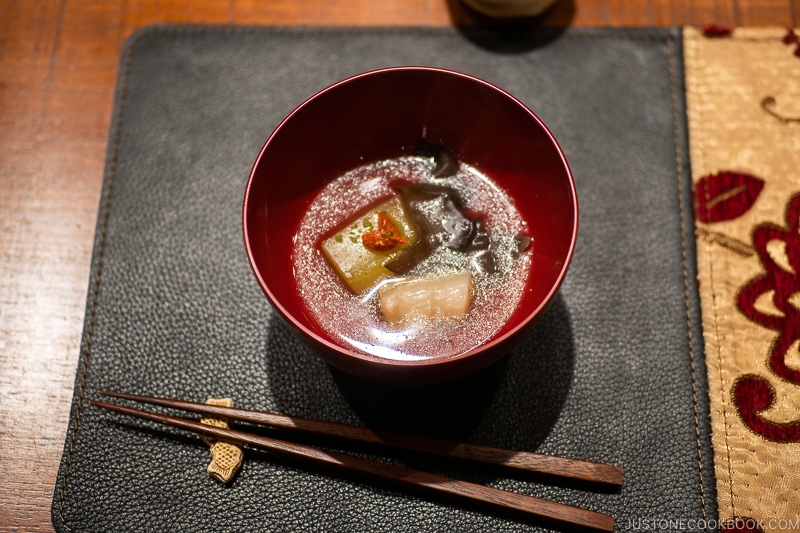
If your chopsticks came on a chopsticks rest, place it back when not in use. If you’re nifty with your hands, fold the paper chopsticks wrapper into a rest, like a mountain or a tie (look up YouTube videos for tips!)
Don’t rest the chopsticks on any bowl or plate in front of you. If the chopsticks didn’t come in a paper wrapper, lay it directly on the tray your food came to you, or on the table.
Once you’re done eating, return the chopsticks back in the paper wrapper, or place on the chopsticks rest, or if none are available, directly on the table/tray.
What is the role of Oshibori and what’s the correct way of using it?
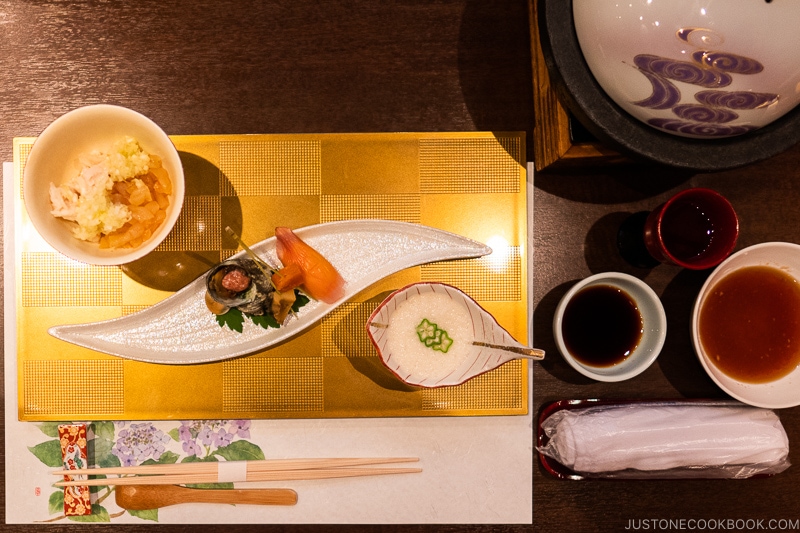
You may have encountered Oshibori (おしぼり) at Japanese restaurants or on your flight to Japan. They are wet hand towels, either paper disposables or towels that may be piping hot or cold, depending on the season. Usually, they are unscented but some places may be lightly scented.
The word is composed of “O” 御 (an honorific prefix) and the verb “Shiboru” 搾る (to wring out). Oshibori are used to clean your hands before a meal, or if you’re in a high-end restaurant, may be refreshed with a new one at the end of a meal. While it may be tempting to use an Oshibori to wipe the sweat from your face or neck or to wipe off the food remnants on your chopsticks, this is considered inappropriate.
After using the Oshibori, fold it neatly and place it on your right (if right handed, left if left handed), or on the individual tray it came on. If you need to wipe your hands during the meal, feel free to use it again.
Unlike a napkin in a western meal that you’ll use to wipe your mouth or dirtied hands, your oshibori should always be kept clean. If you accidentally spill liquid or food on your table, do not use the towel to wipe it off. Instead, ask the waiter for paper napkins or if you have tissue paper on hand, use that instead.
Where should the bowls of rice and soup be placed?
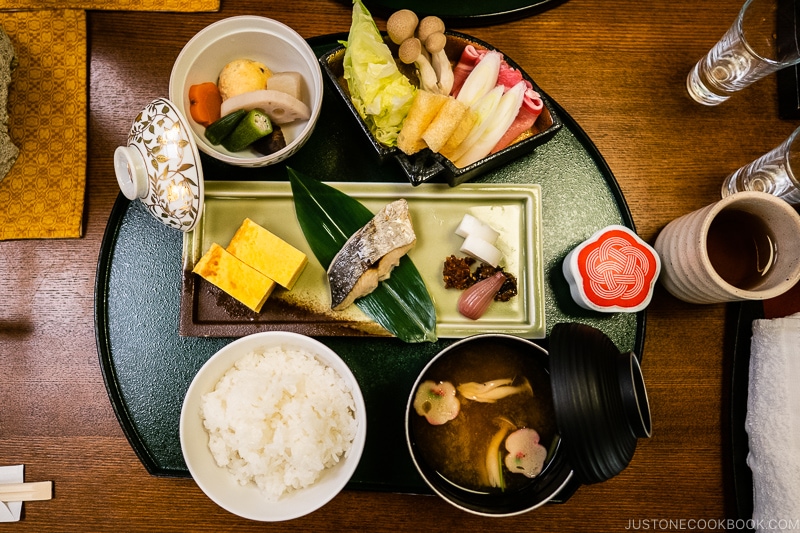
In a Japanese meal, the bowl of rice will always be on the side opposite of your dominant hand, so on your left (if right-handed) or right (if left handed). The bowl of miso soup will be placed on the other side of the rice bowl.
There are several theories on why. The easiest one to remember is that your dominant hand (holding the chopsticks) should never hover above your rice bowl. Rice is the most respected food of all, that Japanese children are taught that leaving grains of rice will make them go blind, or that it’s rude to the rice farmers (I hear those other rice-eating countries such as China and Korea have similar sayings). The act of hovering/straddling 跨ぐ is highly looked down upon, whether you hop over something respected and treasured such as kimono, a bag of groceries (see above on food being provided by the gods), or a sleeping person.
An anecdote: when I was younger, I stepped over a pile of stacked books at my grandparent’s house to get to the other side of the room. In my defense, the books were in the way but not stacked up too high, so stepping over was more convenient than going around them. My usually sweet natured and gentle grandmother was horrified of my act and gave me the scolding of a lifetime I will never forget. Even if it may seem convenient, never ever hop over people or things deemed respectable.
What’s the correct way to eat sushi: with your fingers or chopsticks?

The short answer: both are acceptable.
Some sushi masters are notorious for requesting their customers to eat using their fingers, believing that “it tastes better.” They say that using your fingers will prevent the shari (the rice) from crumbling, which happens sometimes when you pick up sushi with your chopsticks and squeeze too hard. However, this does leave you with sticky and fishy fingers (which is when you use your oshibori to wipe off).
So the verdict? It’s a preference thing, so use whichever you’re comfortable with!
When eating sushi, are you supposed to dip the fish in soy sauce or the rice?
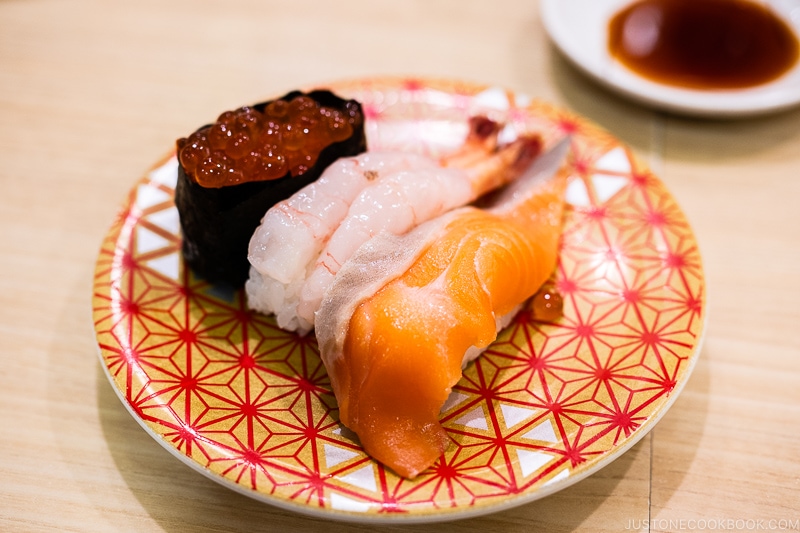
The soy sauce is for dipping the fish, not the rice. The rice has already been seasoned with sweetened vinegar, and the soy sauce is for seasoning the fish. When picking up a piece of sushi, put it on its side, and lightly dip the fish into the soy sauce (which can be tricky!). Do not dunk the entire fish into the soy sauce; you are not drinking soy sauce. If you’re worried about the sushi falling apart, you can always use your fingers (see above).
Listen to the sushi master or the waitress as there may be some sushi pieces that don’t need to be dipped in soy sauce. Squid is sometimes given a sprinkle of salt and Anago (boiled salt-water eel) is sometimes given a soy sauce glaze. Listen to their instructions, and if unsure, ask!
What’s the correct way of putting Wasabi on your sushi?
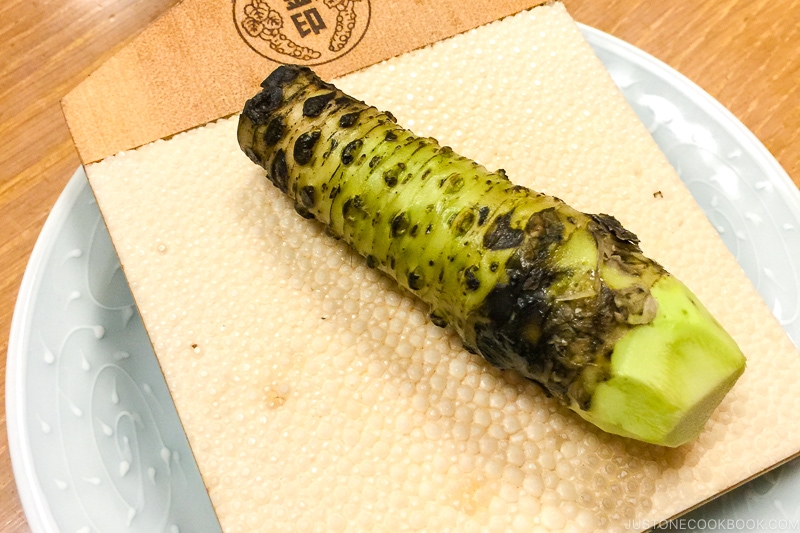
Wasabi, the fiery lime green spicy condiment is grated Wasabi (わさび) root, a Japanese horseradish. As it can only grow in clean water environments, it is an expensive crop. The cheap stuff you find in tubes or tubs are made with horseradish with food coloring and has a burning and strong aftertaste.
If you’re at a high-end sushi restaurant, never ask for more wasabi. This is a slap in the face for the sushi master, who has carefully grated the expensive produce by hand and has adjusted the right amount for each fish. By piling on the wasabi, you will break the balance between the fish and the wasabi, and the flavor of the sushi. Real wasabi is fragrant and delicate, and it’s not supposed to give you a fiery kick like chili peppers. (If you’re seeking burning intense flavors, wasabi is not your answer).
If you’re at a casual place or at home with supermarket sushi, do not mix the wasabi into the soy sauce to make a slurry. It looks messy. Although it’s a tedious pain, dab each piece with wasabi and dip into soy sauce.
When drinking alcohol, are you supposed to fill each other’s glasses but never your own?
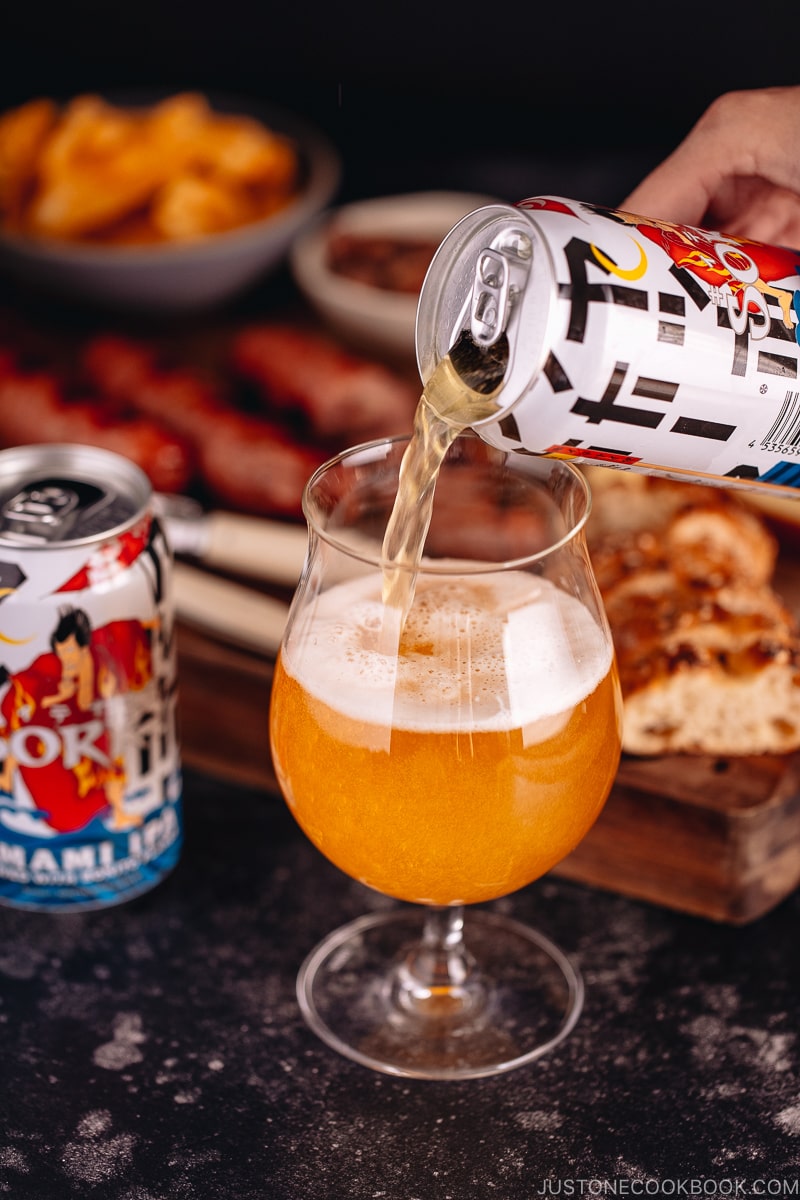
This is more of a business rule than when with friends and family. The idea is that you should look out for each other’s glasses, and fill up if needed. However, don’t lunge for the bottle whenever your dining colleagues are about to finish, ask first! She/he may not want another drink, so don’t pressure the person into another glass. When getting your glass filled up with others, it’s okay to politely refuse someone from pouring you a drink after a few rounds and instead opt for filling your own. That way, you break down the formalities and give your colleagues a break from watching over each other.
When you’re with friends and family, you may fill the glasses of the elders, but with friends, you may just pour your own to forgo the formalities. While you may jokingly pour and receive, keep it casual!
![]()
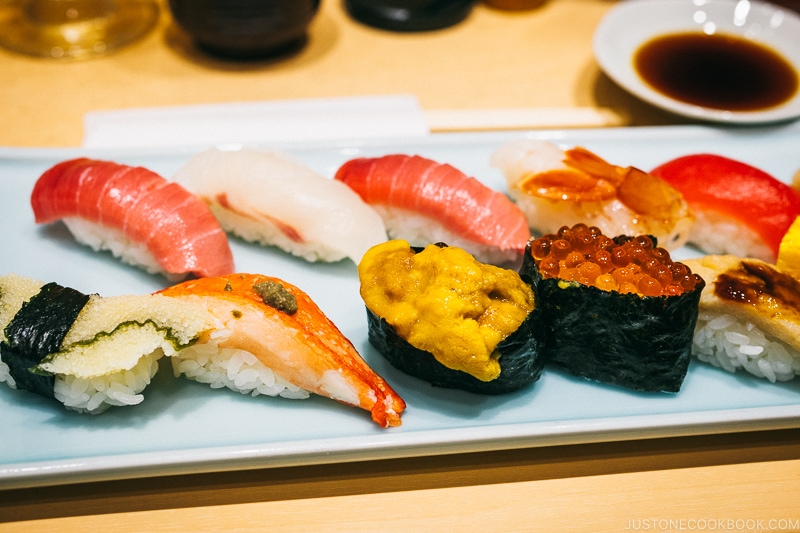
Confident to dine with Japanese friends or colleagues?
Japanese dining etiquette can be quite overwhelming, and frankly, sometimes pretentious! While you don’t need to bend over backward to perfectly avoid all potentially embarrassing situations, just keep in mind that you’re just trying to follow the social protocol of your fellow (Japanese) diners. If anything, share the stories along with a laugh with friends and family 🙂
If you haven’t done so already, check out Part 1 of Japanese Dining Etiquette 101 as well as 20 Things You Should Know Before Visiting Japan for all things etiquette and guidelines!

Kayoko happily grew up in the urban jungle of Tokyo and in the middle of nowhere East Coast, U.S. After a brief stint as a gelato scooper and slightly longer employment at an IT company, she decided to drop her cushy job to enroll in culinary school. Kayoko resides in Tokyo with her husband, a penguin pillow, and many half-dead plants. More from Kayoko →
from Merah Hati Cintaku http://bit.ly/2G8qwUy
via MerahHatiCintaku.blogspot.com